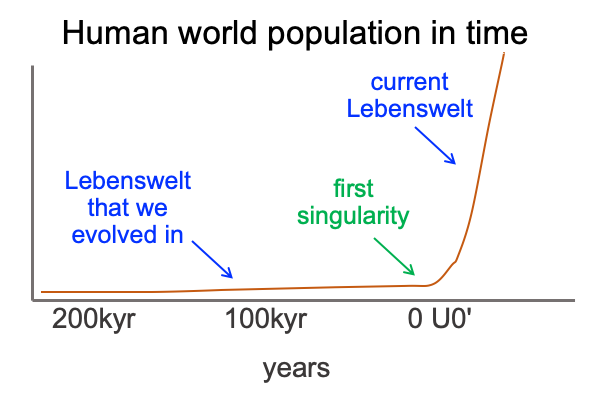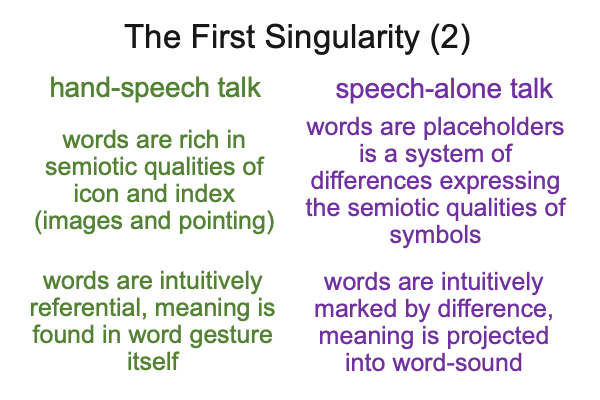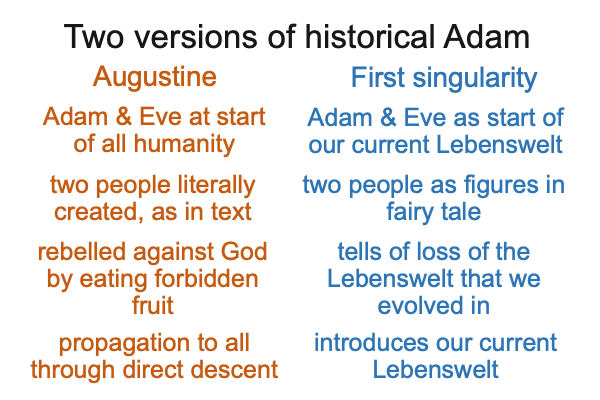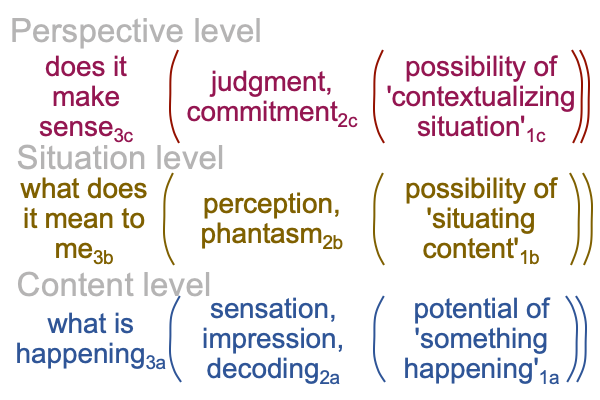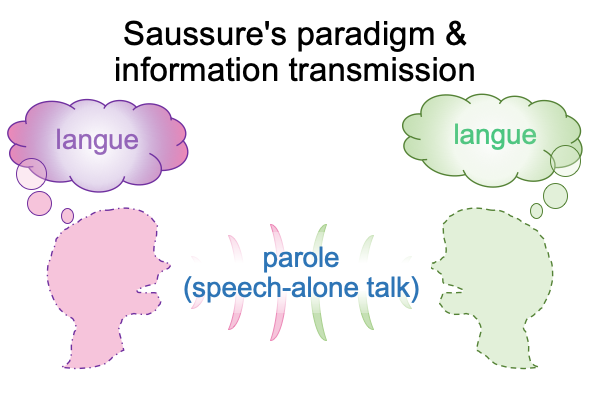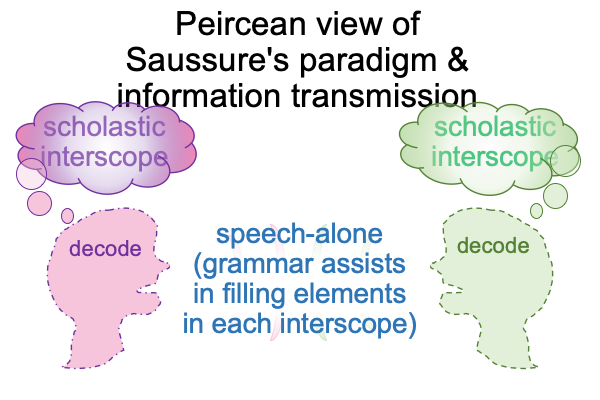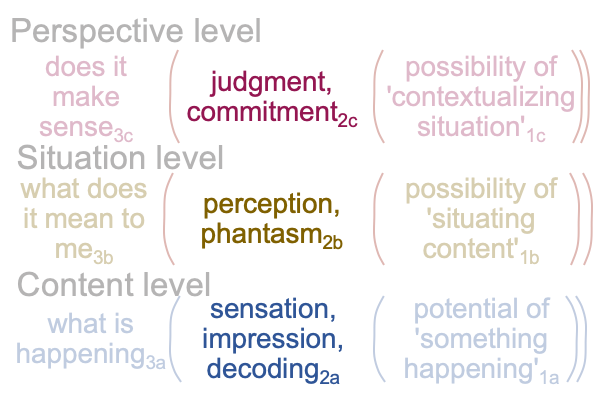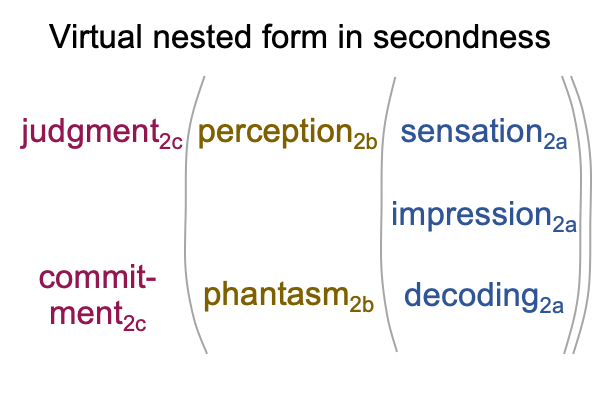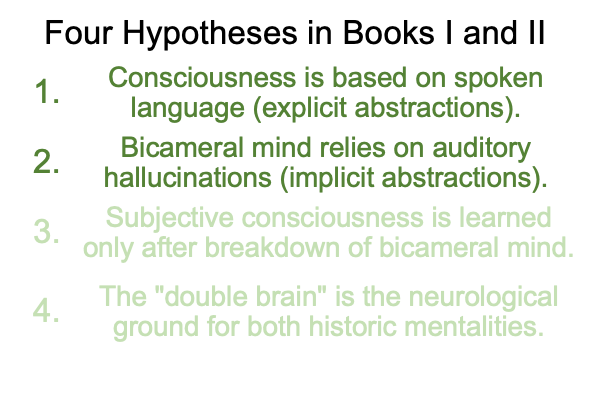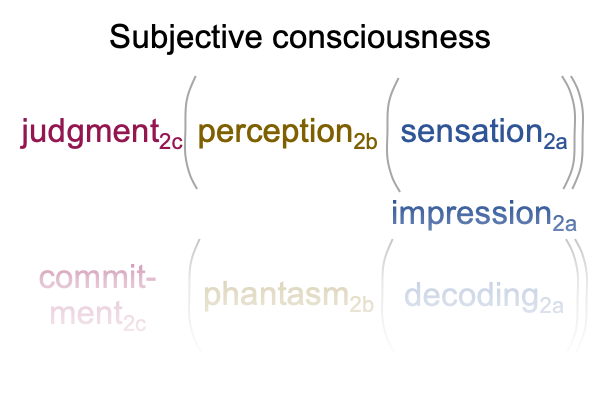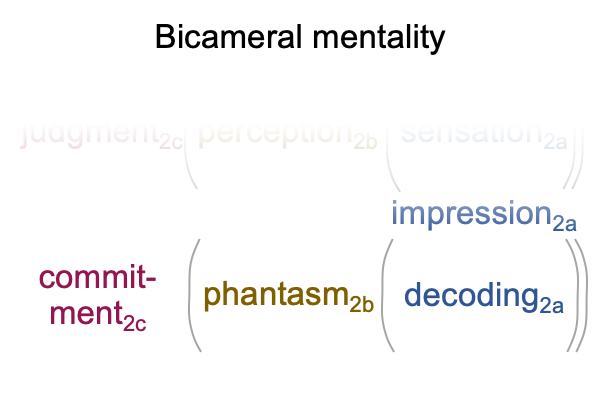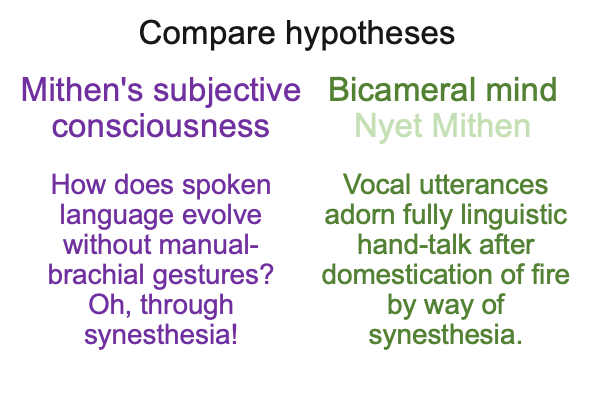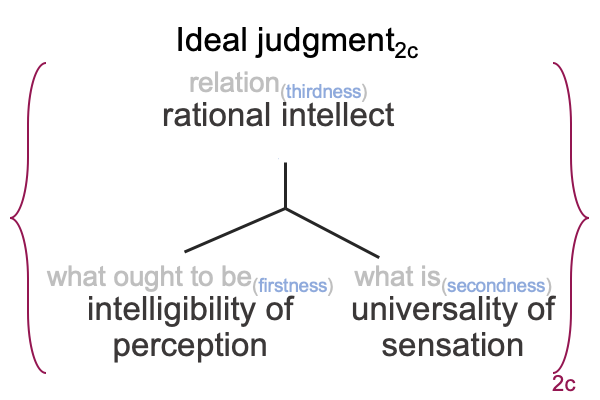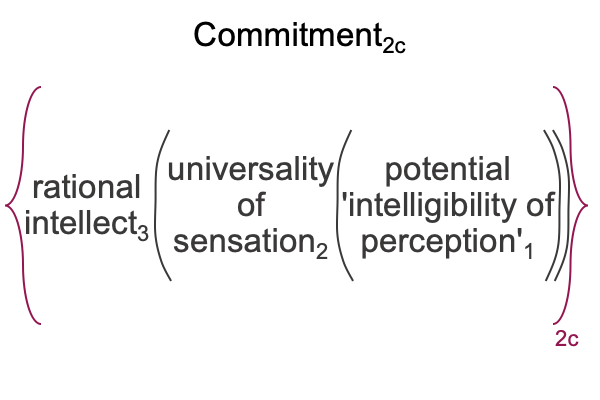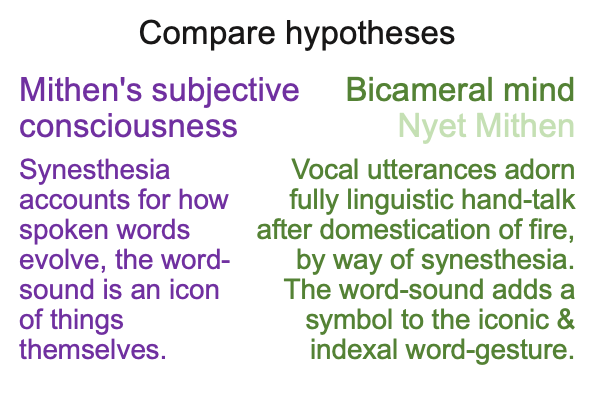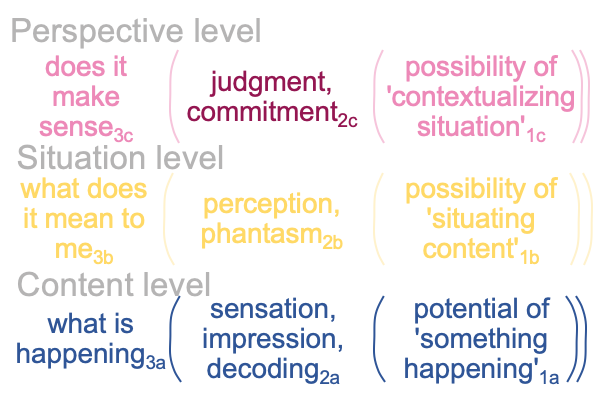Looking at Dennis Venema and Scot McKnight’s Book (2017) “Adam and the Genome” (Part 16 of 22)
0168 So, Augustine solved one challenge and created another. The new challenge must be viewed as an opportunity. The concept of Original Sin is a powerful defense against Manichean ideologies. The opportunity comes, not from abandoning the concept, but by re-writing the play.
0169 Venema lowers the curtain on one side of the stage of Augustine’s play. The science of genetics rules out Adam and Eve as the first anatomically modern humans.
McKnight aims to lower the curtain on the other side of Augustine’s play. The archaeological discovery of an ancient Near East literature rules out the stories of Adam and Eve as literal accounts.
0170 This raises a question. If the stories of the Fall are mythic traces of actual events, then what were these events?
Indeed, I can expand the query. If all the written origin stories of the ancient Near East trace to one traumatic unfolding, then what was this event?
0171 Venema and McKnight are not aware that an alternate script sits right off stage.
This alternate play is a scientific hypothesis, calling for a historical fairy-tale Adam and Eve. The hypothesis of the first singularity may or may not be true (as opposed to false). The efforts to establish or debunk the proposal should prove dramatic.
0172 The hypothesis of the first singularity addresses this question: Why is our current Lebenswelt not the Lebenswelt that we evolved in?
0173 A Lebenswelt is a living world. The term was coined in order to describe the cultural bubble that we humans live in.
0174 Why do I suspect that our current Lebenswelt is not the Lebenswelt that we evolved in?
0175 The archaeological record contains a discontinuity.
0176 The Ubaid of southern Mesopotamia is evident in the archaeological record by 5800 B.C. The culture forms even earlier, but this is the year that I denote 0 U0’ (Ubaid Zero Prime).
Oh, the technical details.
Zero U0′ corresponds to the start of the Ubaid, even though the Ubaid constellated over several hundred years. I suspect that this date will be adjusted. In 2025, zero U0′ corresponds to 7825 years ago. In comparison, year 0 for the Byzantine Church is 7533 years ago. Year 0 is 6265 years ago according to the Egyptian calendar. Year 0 for the Jewish calendar is 5785 years ago.
So, expect zero Ubaid Zero Prime to change.
Maybe it will change to 6800 B.C. or 8800 years ago.
Right now, let me stay with Ubaid Zero Prime as 5800 B.C.
Simply subtract 5800 from U0′ to get the year in B.C.
0177 Now, back to the Ubaid of southern Mesopotamia.
Around 1300 U0’, the Ubaid suddenly expands into northern Mesopotamia, taking over other Developed Neolithic sites. This is a first. Around 1800 U0’, the Uruk period starts as town-chiefdoms. They invent the wheel. They also figure out how to use donkeys for long distance transportation. These are all firsts. Around 2800 U0’, the Sumerian civilization starts.
0178 In the course of 2800 years, a budding village culture of the Developed Neolithic becomes the world’s first civilization. Egypt follows the same trajectory in even less time. The same transition occurs in the valleys of western Iran, then the Indus Valley, then along the river valleys in China.
From all appearances, something spreads from the Ubaid to the rest of Eurasia, then beyond. Obviously, this is a cultural transition that potentiated civilization (that is, unconstrained social complexity).
0179 A graph of world-human population shows a break at 0 U0’.
